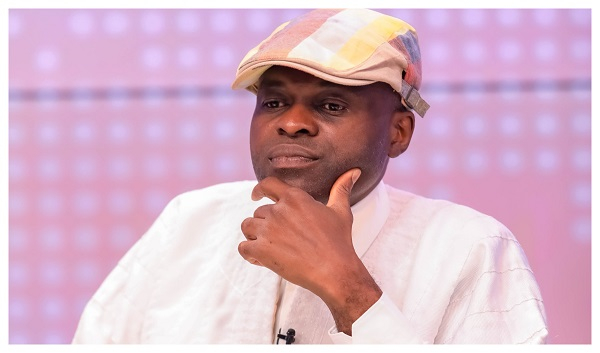The Atlantic's August issue: "Eighty Years on the Edge" - The Atlantic
With essays by Jeffrey Goldberg, Tom Nichols, Ross Andersen, Noah Hawley, and Andrew Aoyama

For The Atlantic’s August issue, “Eighty Years on the Edge,” Atlantic writers examine the past eight decades of life in the Atomic Age. Publishing today are two essays from the issue: editor in chief ’s “Nuclear Roulette,” on how the only way to win at nuclear roulette is to stop playing; and staff writer on why the power to launch nuclear weapons rests with a single American and the danger that involves. These will be joined in the coming weeks by articles from staff writer , the writer , and .
The August issue also features a striking cover: minimal text over a stark photograph of a 1954 bomb test at Bikini Atoll, an image found in a government archive by the photographer Michael Light. The so-called Yankee test released an explosive yield equivalent to 13.5 million tons of TNT, about 900 times that of Little Boy.
“We are living through one of the more febrile periods of the nuclear era,” writes in “Nuclear Roulette.” The contours of World War III are visible in the Russian invasion of Ukraine, with Russia aided by Iran and North Korea and opposed by Europe and the United States. Pakistan and India, two nuclear states, recently fought a near-war; Iran, which has for decades sought the destruction of Israel through terrorism and other means, has seen its nuclear sites come under attack by Israel and the United States, in what could be termed an act of non-proliferation by force; North Korea continues to expand its nuclear arsenal, and South Korea and Japan are considering going nuclear in response. But, as Goldberg writes, “the main challenge of the 80 years since the Trinity atomic test has been that we do not possess the cognitive, spiritual, and emotional capabilities necessary to successfully manage nuclear weapons without the risk of catastrophic failure.”
Goldberg writes that the successful end of the Cold War caused many people to believe that the threat of nuclear war had receded, but we forget at our peril: “We forget that 80 years after the world-changing summer of 1945, Russia and the United States alone possess enough nuclear firepower to destroy the world many times over; we forget that China is becoming a near-peer adversary of the U.S.; we forget that the history of the Nuclear Age is filled with near misses, accidents, and wild misinterpretations of reality.” He continues, “Most of all, we forget the rule articulated by the mathematician and cryptologist Martin Hellman: that the only way to survive Russian roulette is to stop playing.”
In “The President’s Weapon,” explores why the power to launch nuclear weapons rests in the hands of a single American. Nichols writes: “If the commander in chief wishes to launch a sudden, unprovoked strike, or escalate a conventional conflict, or retaliate against a single nuclear aggression with all-out nuclear war, the choice is his and his alone. The order cannot be countermanded by anyone in the government or the military. His power is so absolute that nuclear arms for decades have been referred to in the defense community as ‘the president’s weapon.’” For nearly 30 years after the Cold War, fears of nuclear war seemed to recede. Then relations with Russia froze over and Donald Trump entered politics. Nichols now asks: Even though this has been the system since the end of World War II, does it still make sense today? This will be joined by an additional article from Nichols, also in the August issue, on how Hollywood taught a generation to fear nuclear catastrophe.
Please reach out with any questions or requests to interview The Atlantic’s writers on their reporting for the issue.
Press Contacts:
Anna Bross and Paul Jackson | The Atlantic
[email protected]








:max_bytes(150000):strip_icc()/Simply-Recipes-Blueberry-Grunt-LEAD-2-d705c80dd4484ba1a5cdb45f06adc4f1.jpg)
:max_bytes(150000):strip_icc()/slv-wayfair-early-july-4-deals-tout-5b74e01bde8643b1900c91da05a6139d.jpg)


